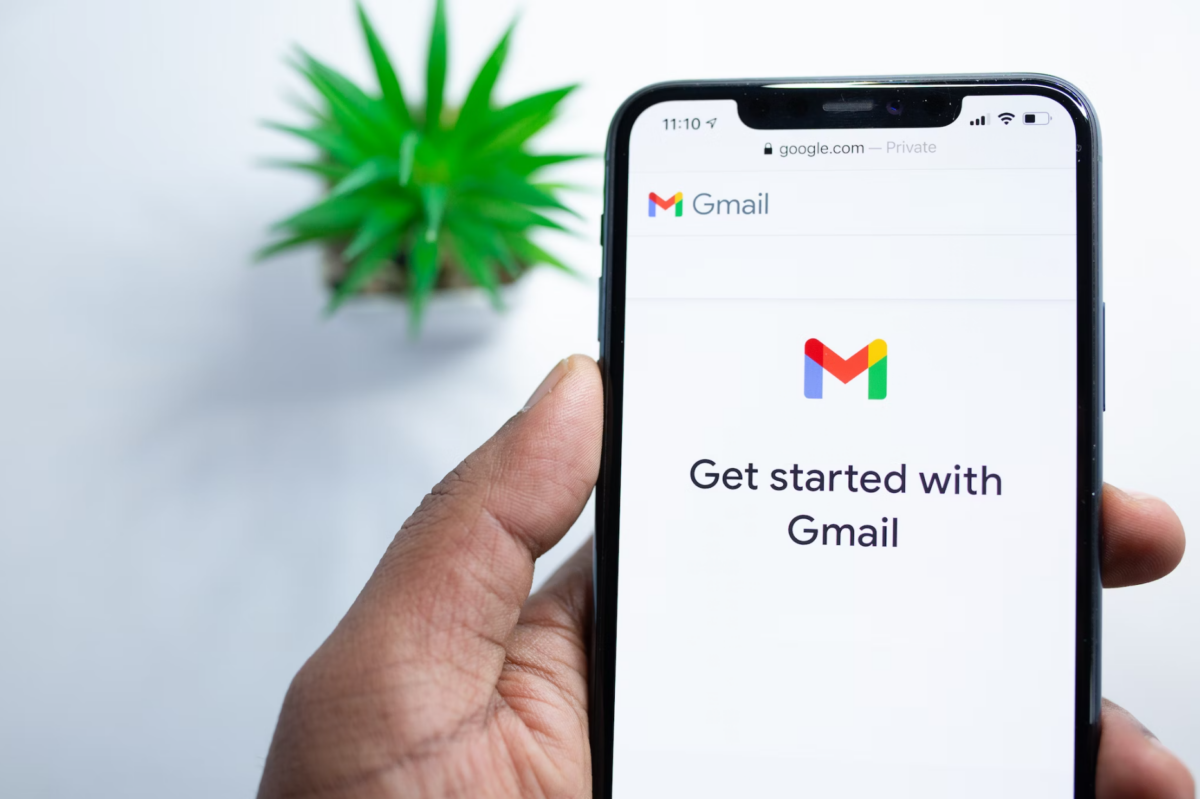In the intricate dance of digital marketing, two elements emerge as foundational pillars: email engagement and email deliverability.
These twin forces work in tandem to define the effectiveness of any email marketing campaign. Email engagement, a critical measure of success, reflects how recipients interact with your emails.
It encompasses everything from the moment they open your email to how they engage with its content—be it clicking on links, responding to calls-to-action, or simply the time they spend reading your message. This metric is a direct indicator of how well your content resonates with your audience and how effectively it captures their interest.
On the flip side, email deliverability plays a more silent yet equally crucial role. It’s the unsung hero ensuring that your carefully crafted emails actually reach the intended inboxes and not get lost in the abyss of spam folders or blocked by email service providers. Deliverability is influenced by various factors, from the technical setup of your email infrastructure (like SPF and DKIM records) to your sender reputation, which is shaped by how recipients interact with your emails—whether they open them, ignore them, or, worse, mark them as spam.
Together, email engagement and email deliverability create a synergistic effect. High engagement can bolster your sender reputation, subsequently enhancing deliverability. Conversely, superior deliverability increases the chances that your emails will be seen and interacted with, thus boosting engagement.
This dynamic interplay makes them the yin and yang of email marketing, where each element’s performance directly impacts the other, orchestrating a harmonious balance that’s essential for the success of your digital marketing strategy.
Understanding email engagement
Email engagement represents a multifaceted concept in the world of email marketing, essentially acting as a barometer for how recipients perceive and interact with your emails. It’s a crucial indicator that tells you whether your emails are hitting the mark or falling short. To truly grasp the pulse of your audience’s engagement, it’s essential to delve into several key metrics:
Open rates
This is the percentage of recipients who open your email. A higher open rate often signals compelling subject lines and a strong sender reputation. It’s the first hurdle in capturing your audience’s attention.
Click-through rates
Your click-through rate (CTR) measures the percentage of email recipients who clicked on one or more links contained in your email. This metric is a direct reflection of how effective your email is in encouraging recipients to take the desired action, be it reading a blog post, exploring a product, or taking advantage of a promotion.
Time spent reading
Beyond just opening an email or clicking a link, the amount of time recipients spend reading your email is a qualitative measure of engagement. It indicates how captivating and relevant your content is to the audience. Longer reading times are often correlated with more immersive and valuable content.
Email replies
The number of replies or direct responses to your email can also be a strong engagement indicator, especially for personalized or conversational email campaigns.
Conversion rate
This goes a step beyond CTR by measuring the percentage of recipients who not only clicked on a link but also completed a desired action, such as making a purchase or signing up for a webinar.
Unsubscribe rate
While typically seen in a negative light, the unsubscribe rate can also provide insights into engagement. A high rate might indicate that your content is not resonating with your audience or that your emails are too frequent.
Forward rate
This often-overlooked metric shows how often your email is being forwarded or shared, suggesting that your content is not only engaging but also valuable enough to be shared with others.

Strategies to boost engagement
Personalize your emails
Tailoring content to individual preferences and behaviors can significantly increase engagement.
Optimize subject lines
Compelling subject lines are essential to encourage opens.
Segment your audience
Deliver targeted content by segmenting your audience based on demographics, behavior, or purchase history.
Interactive content
Incorporating polls, surveys, or clickable elements can enhance the interactivity of your emails.
Mastering email deliverability
Email deliverability refers to the ability of your emails to reach the inbox without being blocked or marked as spam. It’s a foundational aspect of email marketing, akin to ensuring your college application reaches its destination, just as crucial as the content of a transfer college application.
Keys to improve deliverability
Maintain a clean email list
Regularly cleanse your list of inactive or unengaged subscribers.
Authenticate your emails
Use protocols like SPF, DKIM, and DMARC to authenticate your emails, building trust with email service providers (ESPs).
Avoid spam triggers
Be cautious with language and formatting that might trigger spam filters.
Monitor your sender reputation
A good sender reputation with ISPs ensures better deliverability.
Testing and analytics
Utilize A/B testing to experiment with different elements of your email campaigns. Test subject lines, email content, sending times, and more to find what resonates best with your audience. Additionally, dive into analytics to understand your engagement and deliverability metrics. This data is invaluable for making informed adjustments to your strategy.
In conclusion
Balancing email engagement and deliverability requires a strategic and nuanced approach. By focusing on personalization, list hygiene, and regular testing, you can enhance both aspects, ensuring your emails not only reach the inbox but also spark interest and interaction. Just as every detail matters in a transfer college application, every element in your email strategy contributes to the overall success of your marketing efforts.

